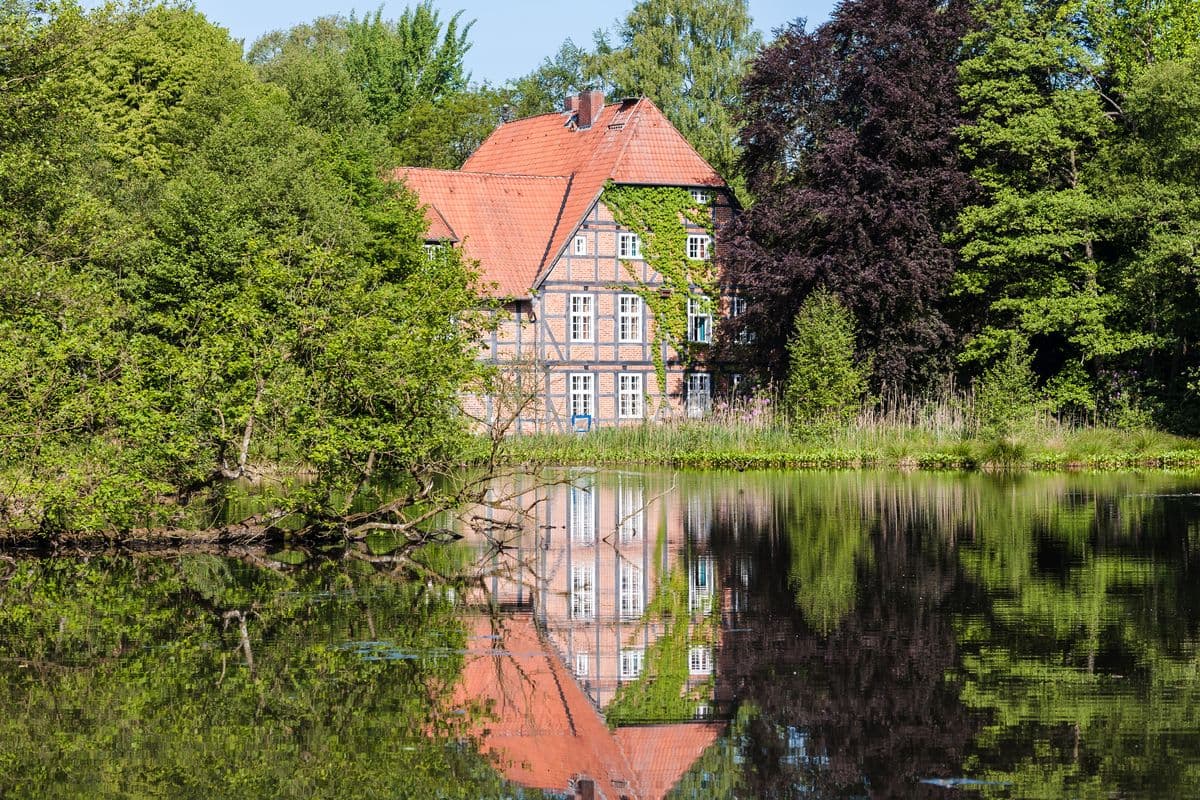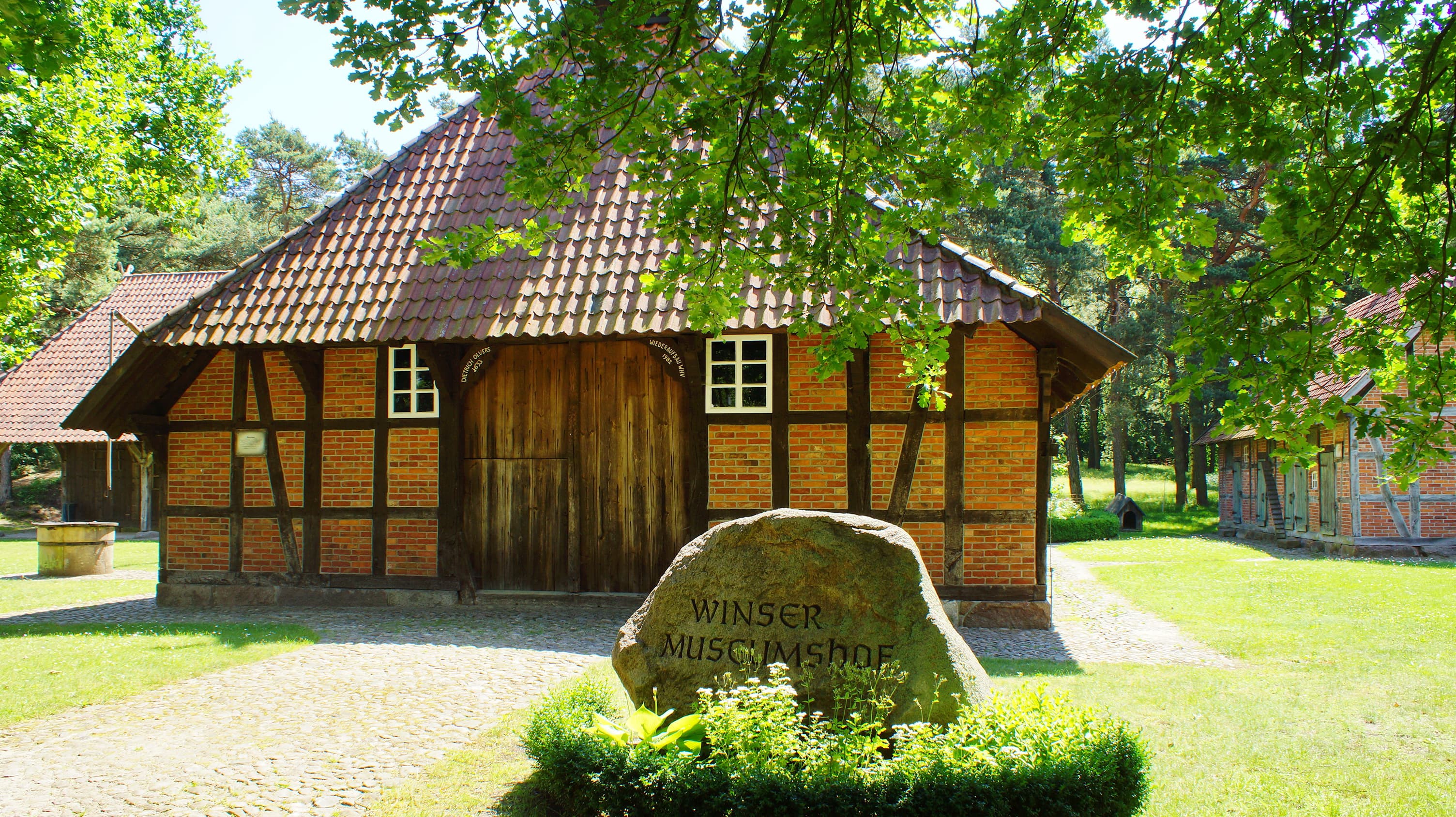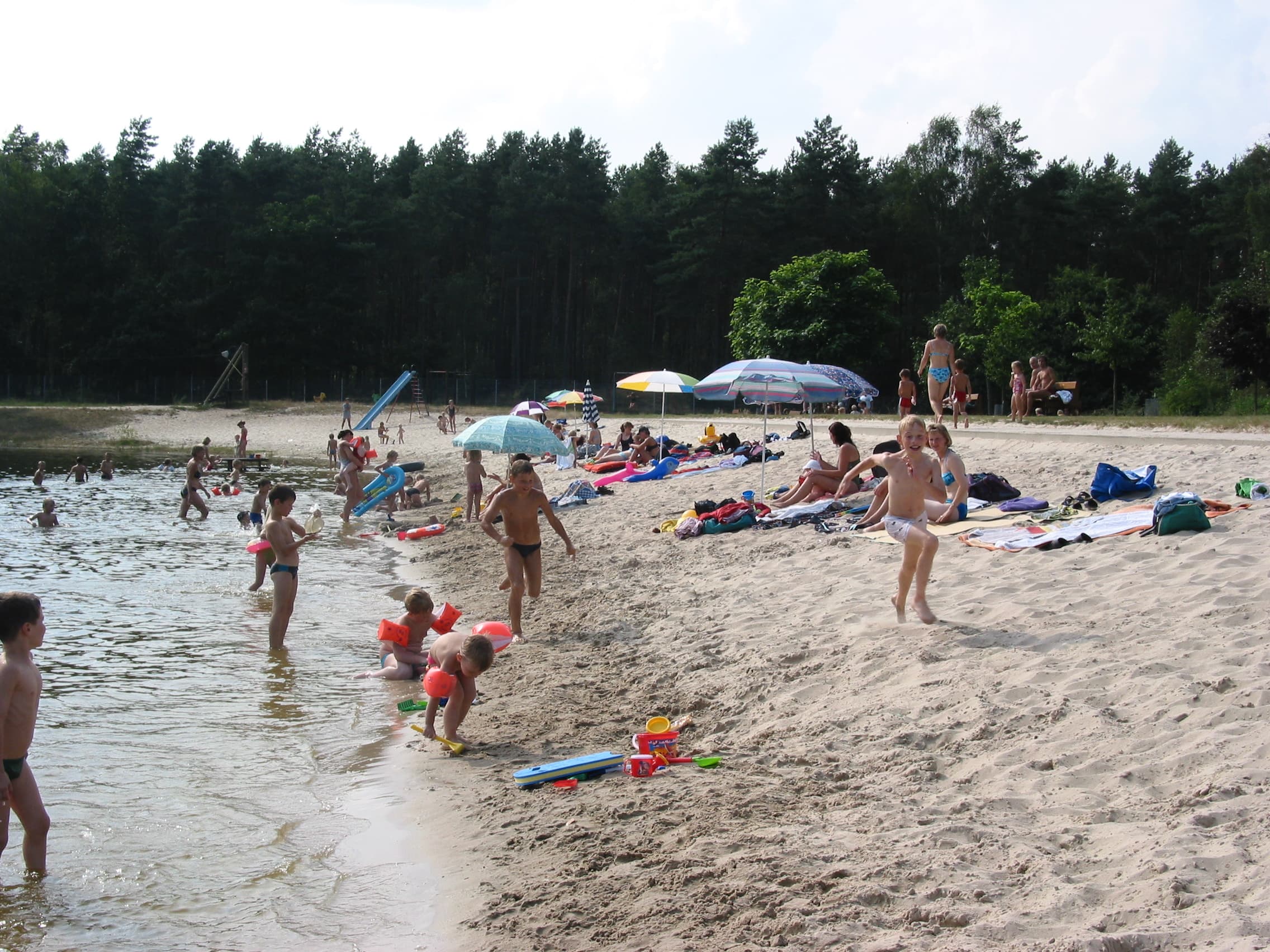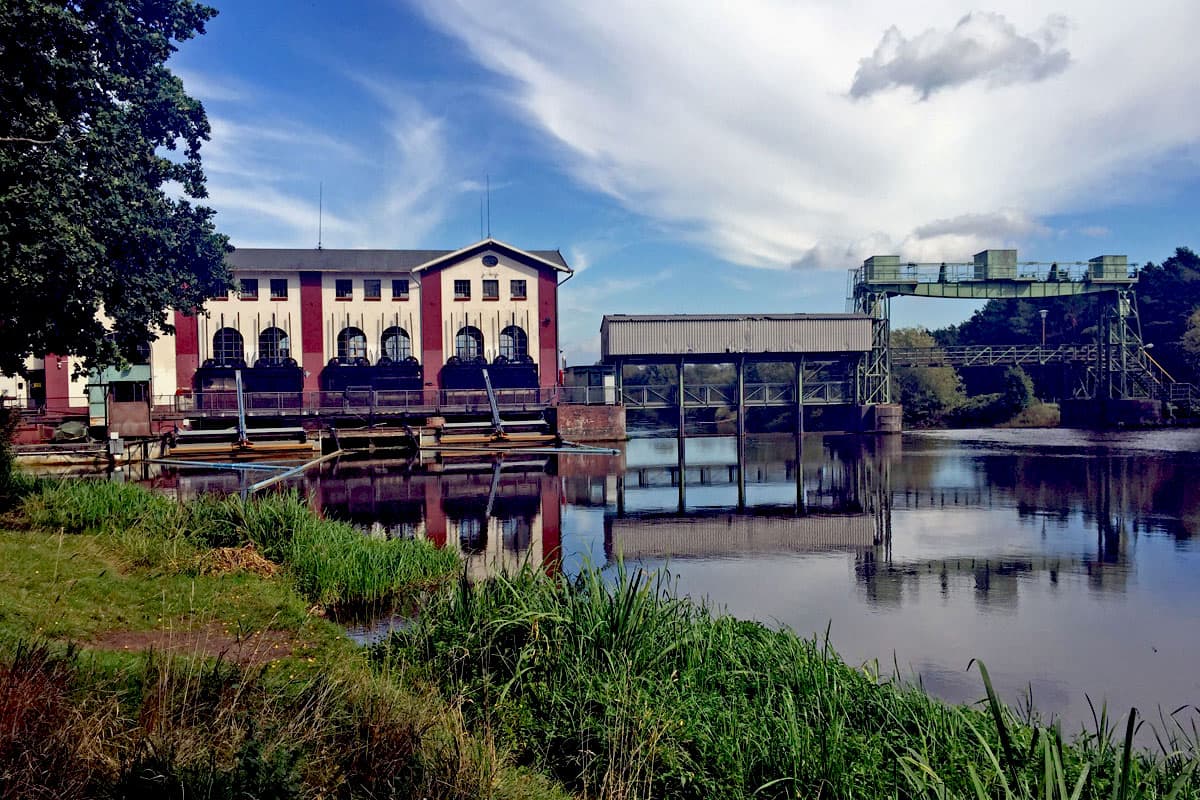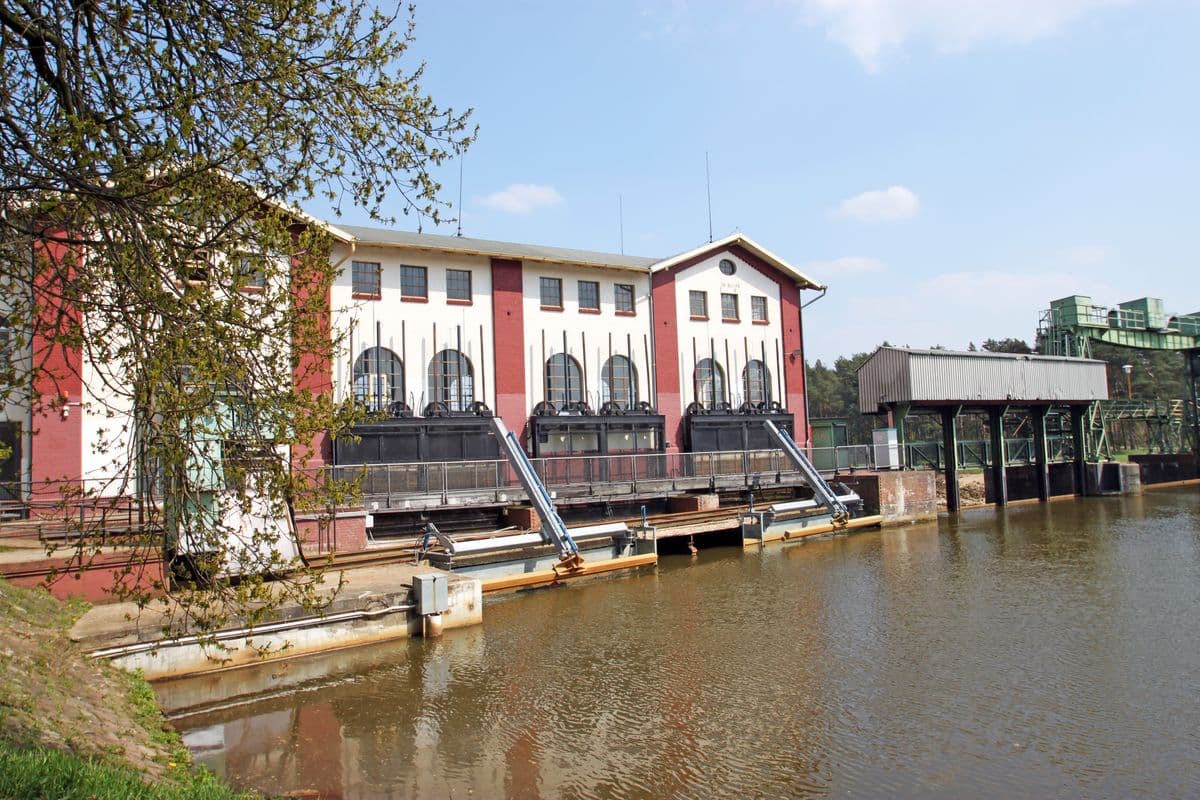
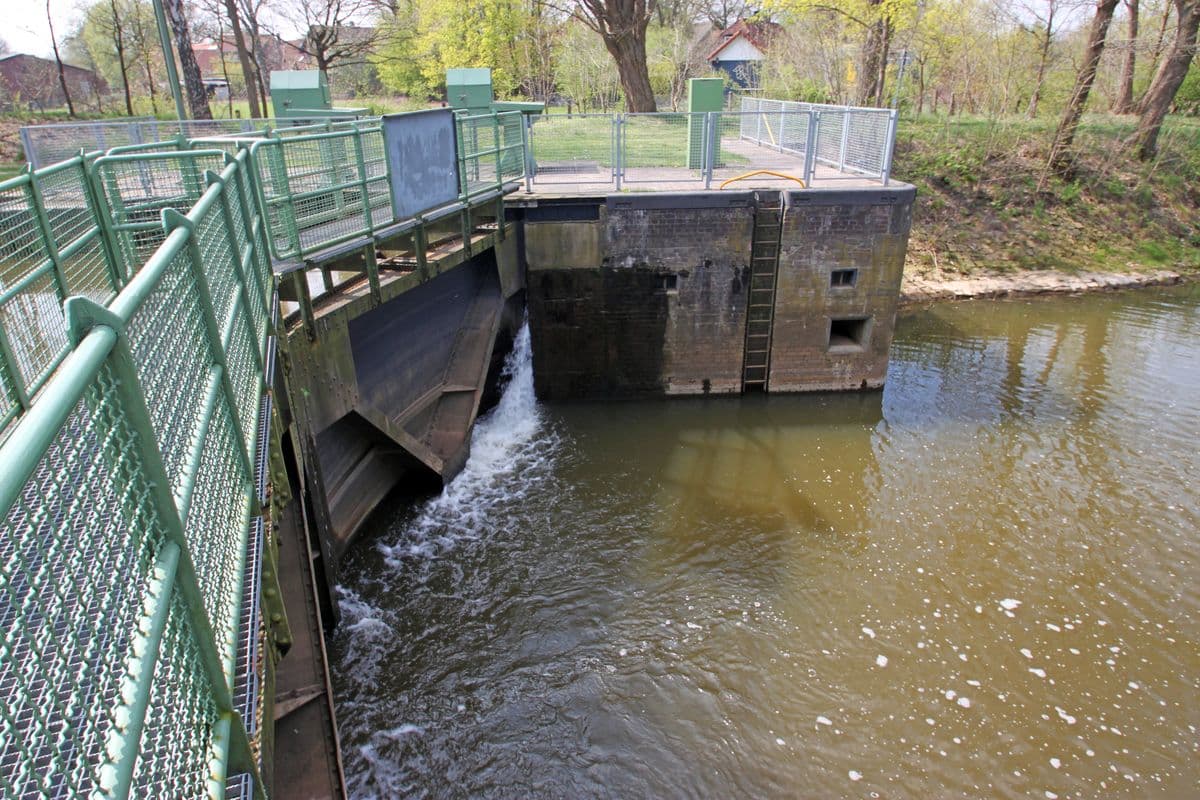

Besonderheiten der Tour
Historisches Hambühren - Der Sand verwehte die Höfe
„De Wind, de weiht, // De Hahn, de kreiht. // Bald ligt dat Dörp in‘n Sarge.“ Dieses alte Lied verweist auf die Umsiedlung eines Ortes vor über 500 Jahren: Nahe der Aller standen einst die alten Höfe von Hambühren, damals noch Abbenburen genannt. Der Wald war abgeholzt, die Landschaft öd und leer. Hier hatte der Wind leichtes Spiel. Er trieb den feinen, fliegenden Sand aus dem Allertal ins Dorf, sodass Äcker, Gärten und Häuser immer mehr versandeten.
Also blieb den Bauern nichts anderes übrig, als ihre Höfe abzubauen und sie weiter westlich neu zu errichten. An das alte Abbenburen erinnert heute noch die Flurbezeichnung „Im alten Dorf“ an der Stelle, wo vormals die Höfe lagen.
Kalischacht Ovelgönne - Hier wurde Kalisalz gefördert
Im Kalischacht Prinz Adalbert begannen 1906 die Bohrungen zur Erkundung des unterirdischen Kalilagers. Eine dieser Bohrungen war mit über 1.600 m zur damaligen Zeit die tiefste Kalibohrung in Deutschland. Die Steine für die Gebäude des Kaliwerkes wurden in der 1905 errichteten Kalksandsteinziegelei hergestellt. Die dadurch entstandene Sand-Abbaumulde wird heute für das Strandbad Ovelgönne genutzt. Dieses lädt von Mitte Mai bis Ende August bei schönem Wetter zum Baden ein. Der Eintritt ist kostenlos!
Der Kalischacht wurde 1925 wieder geschlossen. Wenig später begann der Abriss der Werksgebäude. Außerhalb des Werks erinnern Gebäude, wie die Beamtenwohnhäuser oder die Direktorenvilla, allerdings noch heute an die Zeit der Kaliförderung.
Das Hotel zur Heideblüte etwa war einst die Betriebskantine der Bergmänner. Im Zweiten Weltkrieg wurde das Werksgelände für die Munitionsproduktion genutzt. Dafür wurden Arbeitslager in Ovelgönne und Hambühren eingerichtet. Zwangsarbeiter und KZ-Häftlinge mussten zudem schwere Arbeiten leisten, um die geplante unterirdische Produktion von Flugzeugteilen vorzubereiten, zu der es wegen des Kriegsendes aber nicht mehr kam.
Schleuse Oldau - Historische Wasserkraft erzeugt Strom
Die Schleuse in Oldau entstand im Zuge der Schiffbarmachung der Aller. Auf dem Fluss wurden Kalisalz und Kohle transportiert. Das inzwischen denkmalgeschützte Wasserkraftwerk, das bis heute Strom erzeugt, ist weitestgehend im ursprünglichen Zustand erhalten. Mit einer Stauhöhe von 2,80 m wurde hierfür 1911 ein 30 m breites Wehr errichtet.
Wegen häufig wechselnder Pegelstände wurde das Wasserkraftwerk bis 1937 durch ein Kohlekraftwerk unterstützt, das auf der westlichen Allerseite stand.
Mehr über die Geschichte des technischen Denkmals erfahren Sie im Informationsgebäude, das sich zwischen Schleuse und Kraftwerk befindet (geöffnet an Wochenenden von Mai bis September).
Ein Rastplatz sowie eine Anlegestelle für die Personenschifffahrt machen die Schleuse in Oldau heute zu einem beliebten Ausflugsziel.
Service-Hinweis
In Hambühren, gegenüber Lüßmanns Hof, an der Kreuzung Im Dorfe/Heidlandsweg, befindet sich eine Fahrrad-Reparaturstation.

